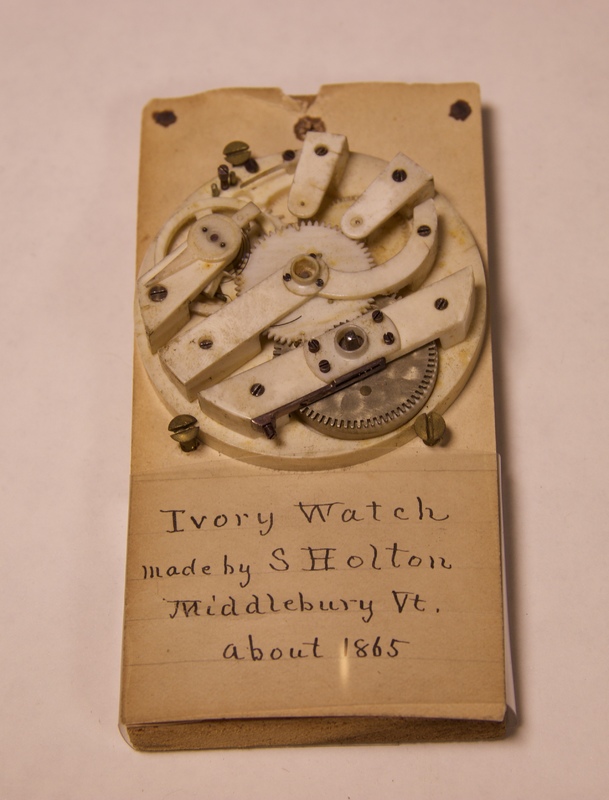What was the significance of ivory in the late 19th Century?
It’s interesting that Sheldon found curious a natural resource that has recently been hotly contested. What was curious about ivory back then, before the days of the rampant ivory poaching issues? First of all, ivory was a sought after natural resource. New York served as a main shipping port for this raw material. An 1850 front page article called “Commercial Relations with the Oriental World” is a positive outlook on the ivory, fur, and new waterways that were newly discovered in Siberia. Interesting enough, it seemed to be commonplace for mammoth ivory extracted from the ground to be imported and used to the United States (The New York herald, 1850).
Secondly, the ivory trade was political. Another article from the same newspaper in 1873 publishes a letter from the Herald Correspondent at the of the Blue and Junction White Niles. “THE SLAVE TRADE: The Egyptian government in bound to suppress this hideous trade energetically, and it is asserted by some people that the Ivory trade will asserted suffer thereby, we state emphatically that the ivory trade Is only the cloak under which the illegal slave trade is carried on” (The New York herald, 1873). He recounts that the ivory trade is in danger and will be reduced to nothing in 10 years at a major export port in Khartoum, Africa.
Though there is no direct evidence that Sheldon himself was aware of the controversies surrounding the distant trading of ivory, it’s an interesting coincidence, almost ironic, that Henry Sheldon was fascinated by this ivory treasure. Sheldon was an avid abolitionist, and his home state, Vermont, was the first state to outlaw slavery. It is possible that Sheldon found the ivory watch even more curious given the current events surrounding the materials that it is entirely made from, and the recent Civil War.
